Dynamic content is content that allows websites to be adjusted to each of their visitors individually. It’s a way of making your website even more personal. And a website will use different strategies to detect the characteristics of specific visitors and adapt accordingly.
Everybody likes browsing a page that is adjusted to their preferences and it shows that the owners of the website care about each of their visitors. The dynamic content can be in text, audio, or video format and is changed based on data, user behavior, and preferences.
The difference between dynamic and static content is pretty simple. A website that has content that is considered dynamic is database driven. Static content, on the other hand, is stored in HTML files. Static content is easier to use and to manage, but having dynamic content increases conversions and return visits.
Dynamic content can and will boost your marketing, bring you more conversions, and generate new leads. The goal of the company/website that uses dynamic content is to show a visitor something that they are most likely to engage with. As a result, users are more likely to then make a purchase on that website or subscribe to its newsletter. Basically, the customer experience is made more relevant and intuitive.
You can implement dynamic content into your website in various different ways depending on your wants and needs. If you have a website where you sell something, you might want to look into setting up a recommender system. So for example, if a customer recently purchased something or even just looked at a certain category of product, the recommender system will show the customer more similar products. You can be sure that a system like that is showing the actual preferences of your customers and not something random.
Dynamic content also works with ads. Once a user searches for something they like or visits a new page, you want to have a system that displays ads that are based on their browser history and interests. For more on-site engagement, especially useful are site search features and various pop-ups. It’s important to keep those contextual and relevant to the user.
Other content types that can be made dynamic are email or newsletter forms, landing pages, various forms, articles, and posts. For example, different articles can adjust their size depending on what device they are accessed from. Again, all of that is sure to increase customer satisfaction and that means more traffic for your page and more engagement.
So if you want to make your visitors feel heard and at home when they visit your website, deliver them dynamic content and create it using the tool we are about to introduce you to!
If-So Dynamic Content
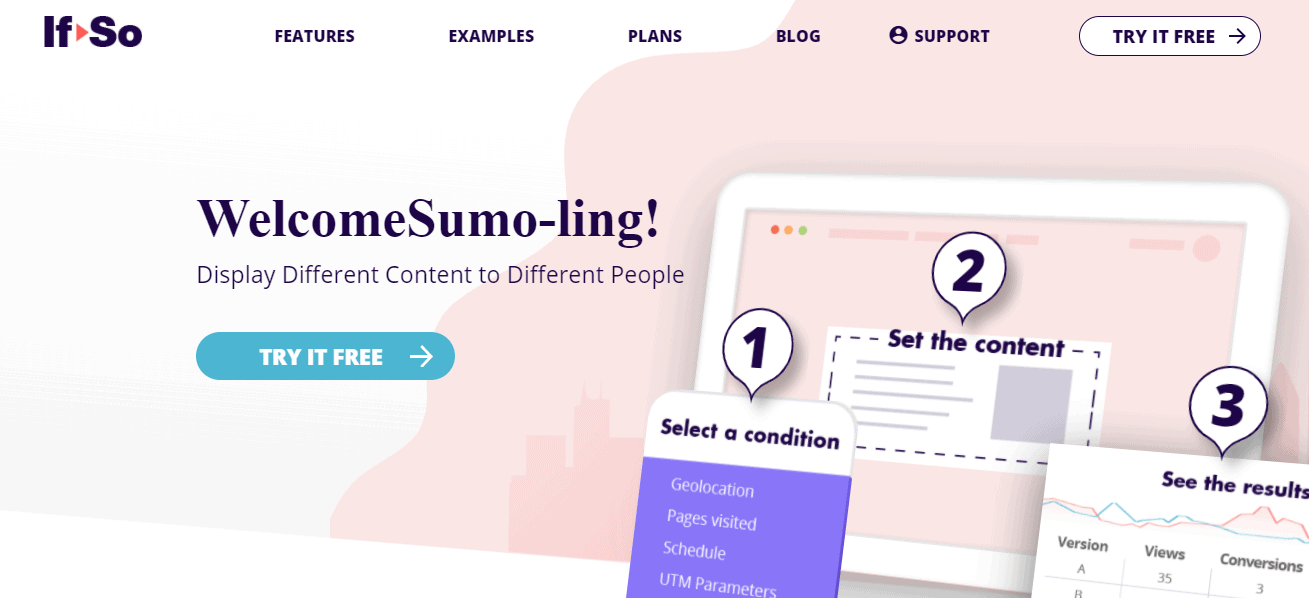
If-So Dynamic Content is a plugin that allows you to display dynamic content that is personalized in accordance with the user’s search terms, language, location, and more.
With If-So Dynamic Content, you can create different content that is triggered by a certain condition. Once the condition is met, that version of the content will be displayed. You can create one or multiple versions of content. If the condition for the first version is not met, then the next version of the same content will be displayed.
To create this kind of personalized content you don’t need any coding knowledge at all. And once you have created different versions of dynamic content, you can preview and test how will they appear on your website and alter them if necessary.
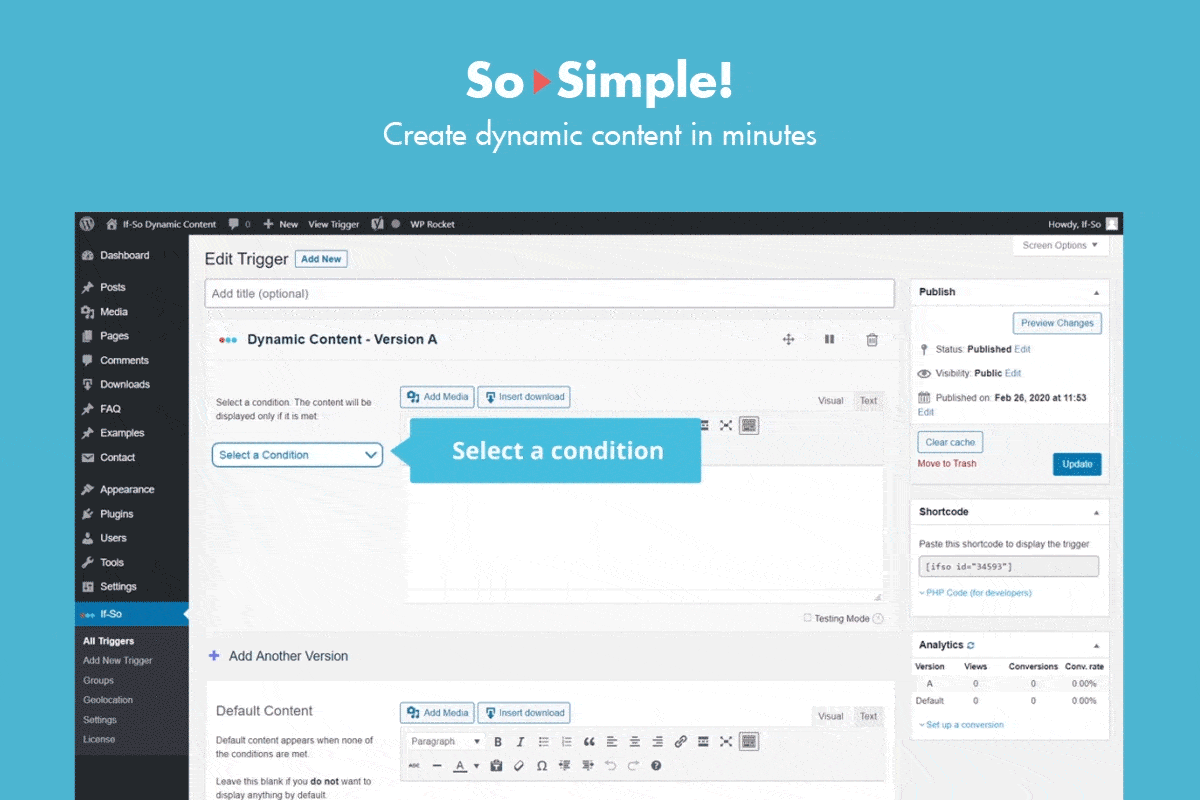
If-So Dynamic Content has a number of conditions that determine what dynamic content will appear for a certain user. For example, the geolocation condition lets you adjust your website’s content according to the visitor’s physical location such as continent, time-zone, country, state, or city. By detecting a visitor’s location, you can present them with content that is relevant to them. That content can include promotions, products, info about the closest business branch, and more.
Next, we have the Google Ads condition or the search term based content which matches the landing page content to the visitor’s searches. Landing pages will thus include words in their copy that are the same as the keywords and text used in ads. Showing customers exactly what they are looking for is a good way of maintaining consistency and satisfaction. You can also tailor messages and calls to action to fit visitor interests and preferences.
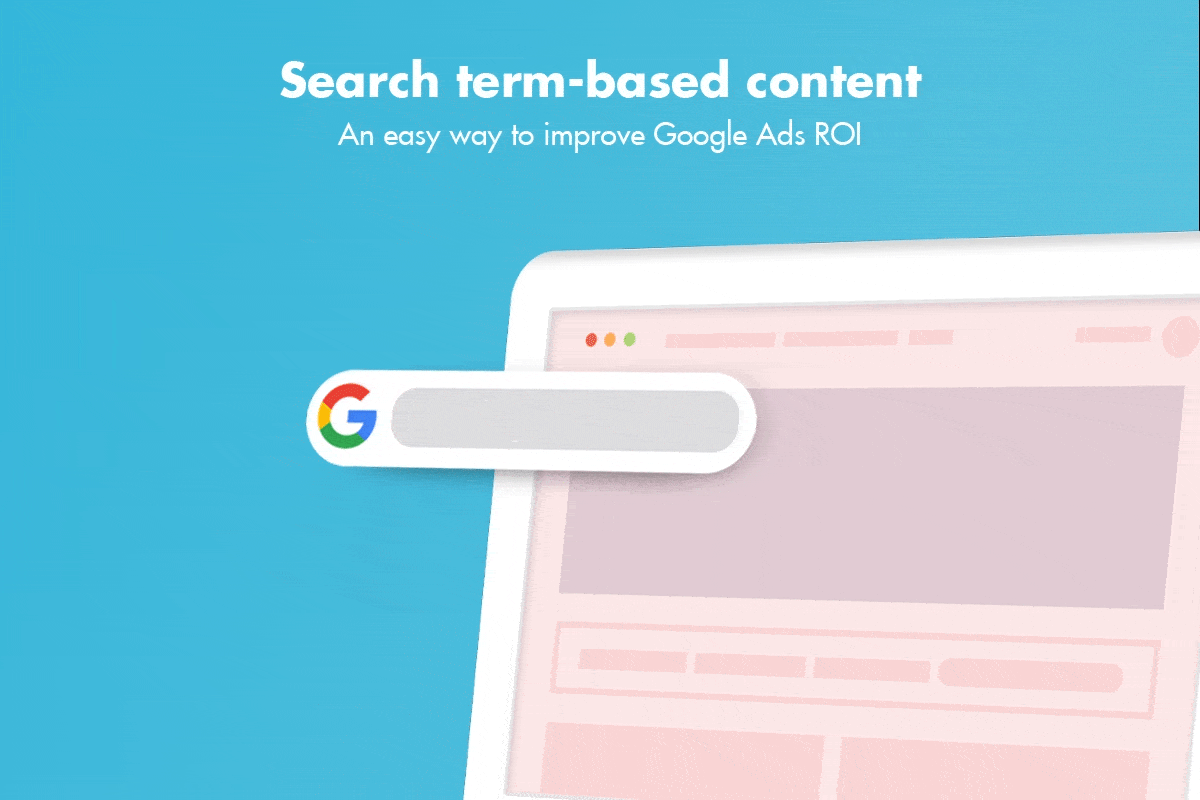
Another interesting condition is the browser language condition which lets you add or delete content based on the browser language of a specific user. Displaying messages in the user’s language is sure to increase engagement, just like translating calls to action will improve your conversion rates. It shows once again that you care about your visitors and are working hard to make them feel welcome. Also, with If-So Dynamic Content, you can optimize your website’s content for any kind of device, whether that is a mobile phone, desktop, or tablet.
Now let’s talk about some of the features If-So Dynamic Content offers. The recurrence option, for example, allows you to control the consistency of a user’s experience. It makes sure that once a user saw one version of dynamic content, the same version is displayed every time they return to the website. You can set the duration of recurrence and choose between a single session, always, and a custom option.
Another useful feature is the ability to segment your users into groups and serve dynamic content to those groups based on their shared characteristics. You can create an audience, set up conditions for the groups, and set up audience-based content. Just three simple steps and you are done.
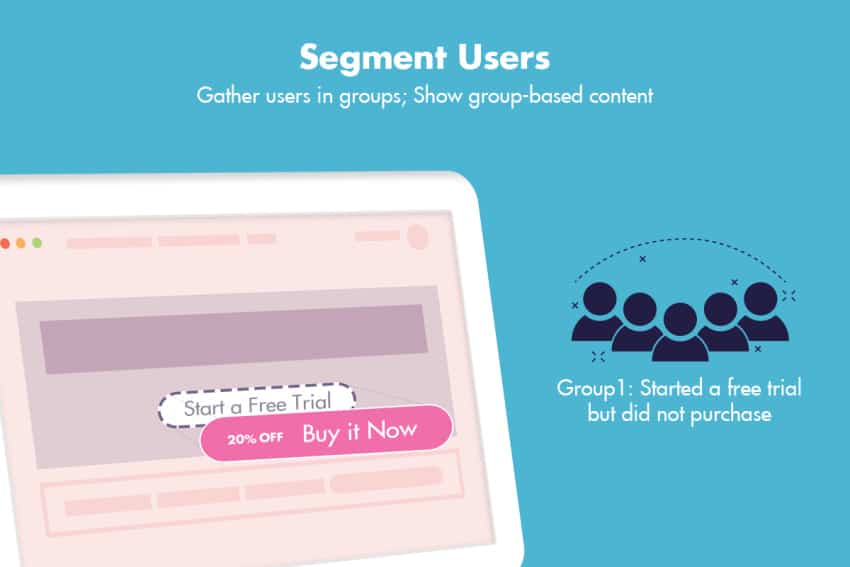
You can even simply ask customers/visitors what they would like to be shown by installing a User Selection add-on. The User Selection Form allows visitors to personally choose what content is relevant to them.
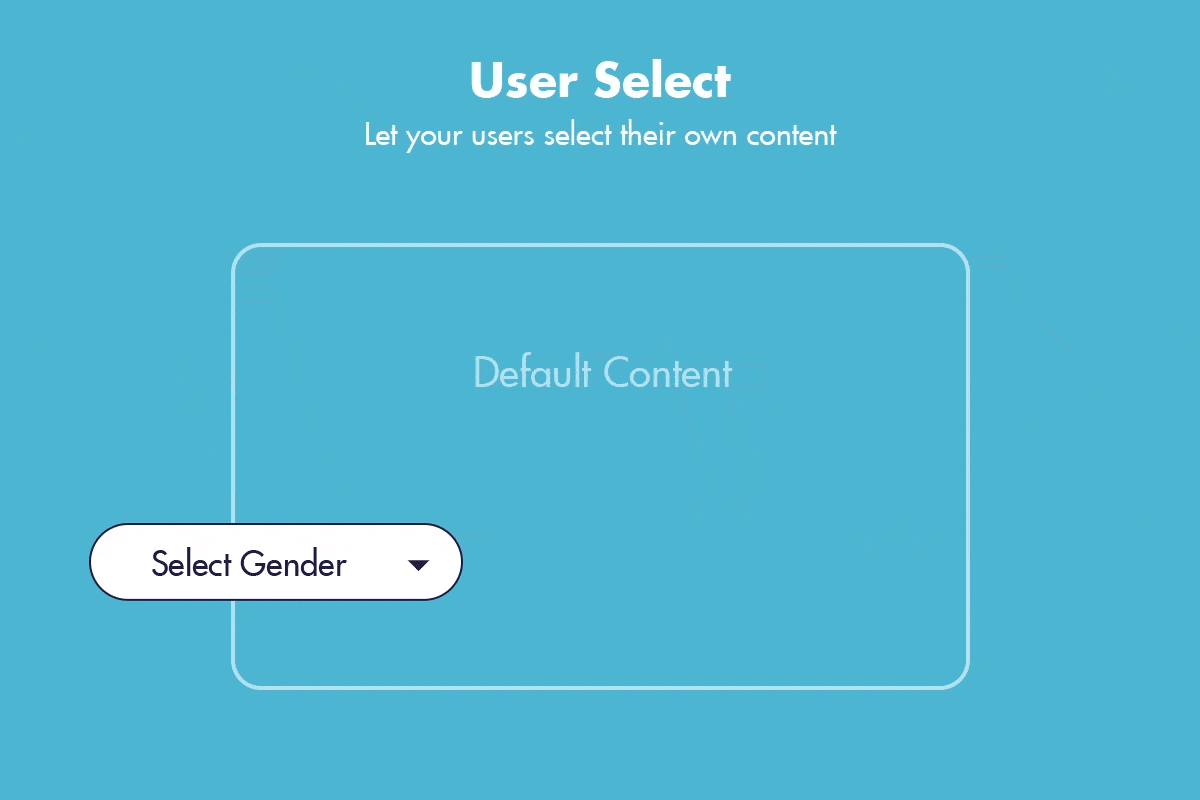
Finally, how can you be sure that the dynamic content is working for you? Well, with built-in analytics of course. The analytics system generates real-time results and starts collecting data once you create different conditions. With the system, you can track views, conversions, and conversion rates.
The add-on is designed to show you how well your dynamic content is performing and what changes can you make to improve it. For even more insight, you can integrate Google Analytics and Google Tag Manager as well.
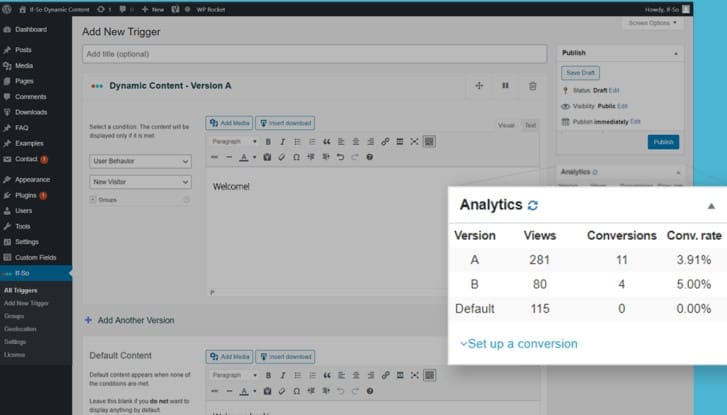
Final thoughts
If you want to increase your website’s traffic and engagement, it’s time to set up some dynamic content. Configure content so that it will appear based on your visitor’s interests and preferences. This will improve user experience and thus increase your website’s conversion rates.
I know it seems like a lot of work, but with the help of If-So Dynamic Content, it’s as simple as it can be. With If-So Dynamic Content, you can deliver content that corresponds with users’ characteristics and interactions, with no coding required.
![]()
![]() Latest posts by Editorial Staff (see all)
Latest posts by Editorial Staff (see all)
Where Should We Send
Your WordPress Deals & Discounts?
Subscribe to Our Newsletter and Get Your First Deal Delivered Instant to Your Email Inbox.
Thank you for subscribing.
Something went wrong.
Keep reading the article at WP Newsify. The article was originally written by Editorial Staff on 2020-12-12 13:41:07.
The article was hand-picked and curated for you by the Editorial Team of WP Archives.

